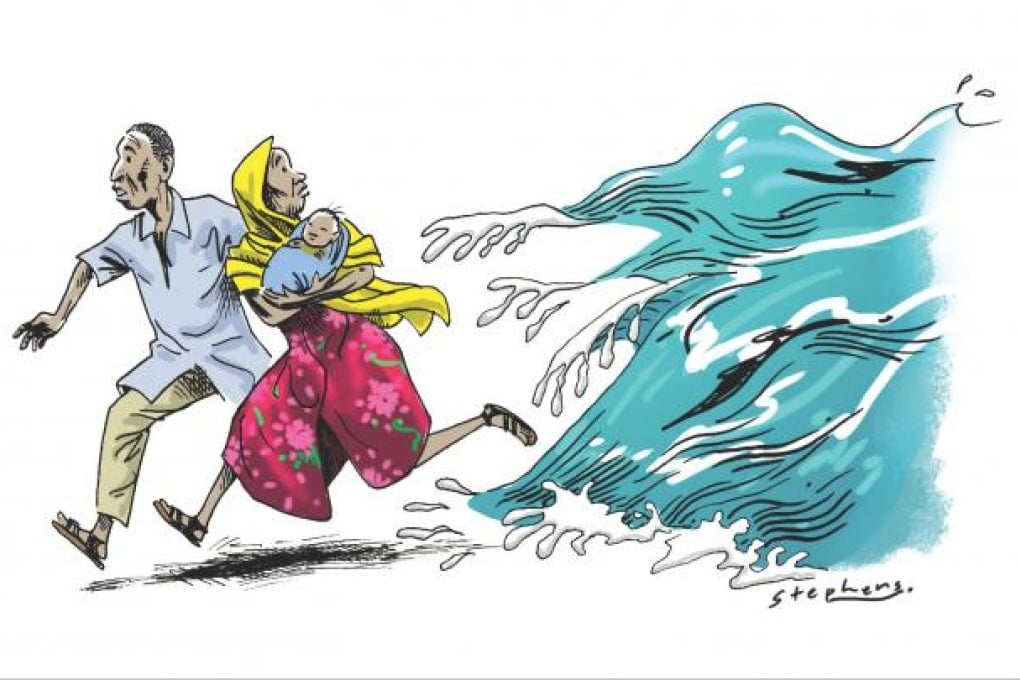Environmental refugees on the rise
Andrew Lam says as the impact of climate change begins to bite across the world, policymakers everywhere must prepare for the expected surge in the number of people fleeing environmental ruin

The modern world has long thought of refugees in strictly political terms, victims in a world riven by competing ideologies. But as climate change continues unabated, there is a growing population of displaced men, women and children whose homes have been rendered unliveable thanks to a wide spectrum of environmental disasters.
Despite their numbers, and their need, most nations refuse to recognise their status. The 1951 UN Convention relating to the Status of Refugees defines a refugee as a person with a genuine fear of being persecuted for membership in a particular social group or class. The environmental refugee - not necessarily persecuted, yet forced to flee - falls outside this definition.
Where the forest used to be, torrential rains bring barren hills of mud down on villages. Crops wither in the parched earth. Animals die. Melting glaciers and a rising sea swallow islands and low-lying nations, flooding rice fields with salt water. Factories spew toxic chemicals into rivers and oceans, killing fish and the livelihood of generations. So people flee. Many become internally displaced, others cross any and all borders in order to survive.
Experts at last year's annual meeting of the American Association for the Advancement of Science estimated that their numbers would reach 50million by 2020, due to factors such as agricultural disruption, deforestation, coastal flooding, shoreline erosion, industrial accidents and pollution. Today, it is believed that the population of the environmentally displaced has already far outstripped the number of political refugees worldwide, which according to the UN High Commissioner for Refugees is currently around 10.5million.
Still, accurate statistics are hard to come by. Because the term "environmental refugee" has not been officially recognised, many countries have not bothered to count them, especially if the population is internally displaced. Other countries consider them migrants, and therefore beyond the protection granted refugees.
Another factor obscuring the true scope of the population is that their numbers can rise quite suddenly - such as after the Fukushima nuclear disaster last year, or Haiti's 2010 earthquake, which displaced some 1.5million people - which makes accounting for their number difficult if not impossible.
In 1999, the International Red Cross put the number of those displaced by environmental disasters at 25million. In 2009, the UN estimated that number to be 36million, 20million of whom were listed as victims of climate change-related issues.